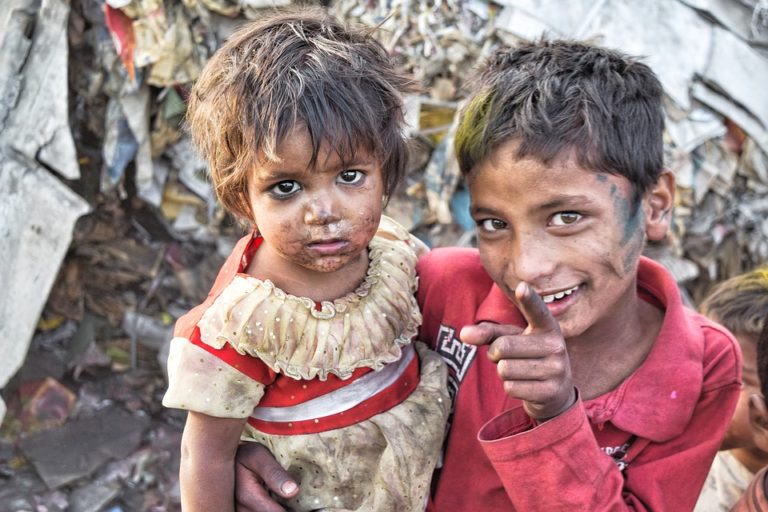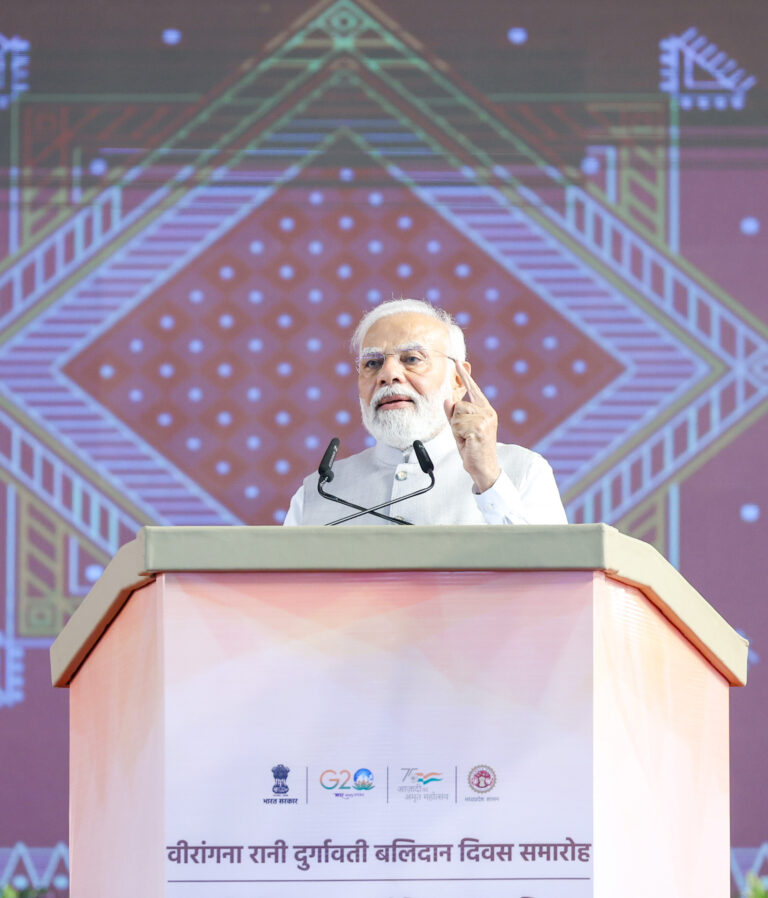The warning issued earlier this week relates to three batches of medicines of the class of semaglutides
The World Health Organisation has issued a warning against falsified weight loss and obesity drugs. The warning pertains to semaglutides, the type of medicines that are used for treatment of type 2 diabetes and obesity in some countries.
While the warning is about three specific batches that have been detected in
Brazil in October 2023, the United Kingdom of Great Britain and Northern Ireland in October 2023, and the United States of America in December 2023, Global Surveillance and Monitoring System (GSMS) has been observing increased reports on falsified semaglutide products in all geographical regions since 2022.
Semaglutides are prescribed in people with type 2 diabetes. They also lower the risk of cardiovascular events. But the potential of the drug as a weight loss drug has caused much excitement in the medicine market ever since it became available.
“WHO advises healthcare professionals, regulatory authorities and the public be aware of these falsified batches of medicines,” said Dr Yukiko Nakatani, WHO Assistant Director-General for Access to Medicines and Health Products. “We call on stakeholders to stop any usage of suspicious medicines and report to relevant authorities”.
In a detailed statement the global body said that it has been observing increased demand for these medicines as well as reports on falsification.
“These falsified products could have harmful effects to people’s health; if the products don’t have the necessary raw components, falsified medicines can lead to health complications resulting from unmanaged blood glucose levels or weight. In other cases, another undeclared active ingredient may be contained in the injection device, e.g. insulin, leading to an unpredictable range of health risks or complications,” says the statement.











